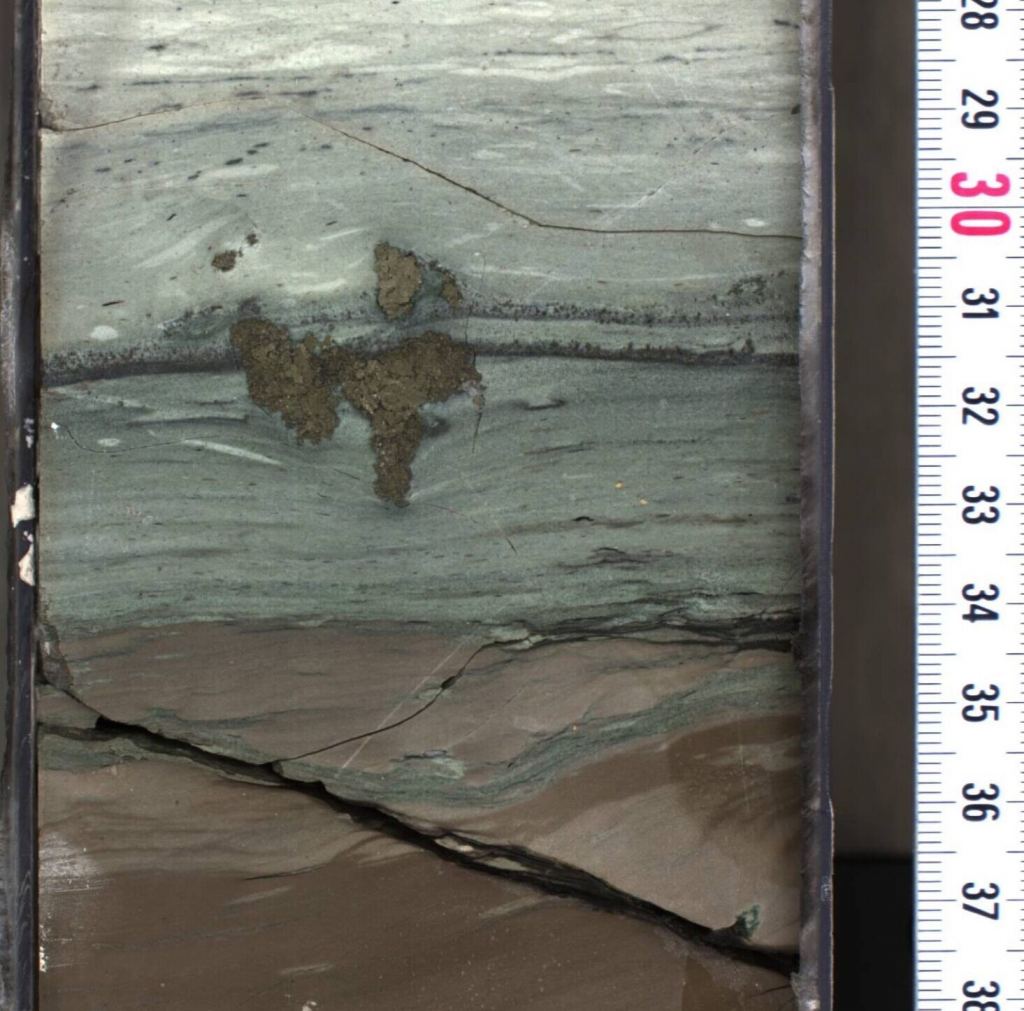Dust in the Chixalub Crater Makes the Compelling Case That an Asteroid Wiped out the Dinosaurs 65 Million Years ago
By Paul M. Sutter
For decades scientists have believed that an asteroid impact event ended the era of the dinosaurs 66 million years ago. Now, analysis from the crater site itself seals the deal: the same elements that were deposited around the world from the impact have been found inside the crater itself.
Anywhere you go on the Earth, if you dig down deep enough to the sedimentary layers that are 66 million years old, you find a curious layer much different than the rest. Perhaps the most curious thing about that layer is the presence of significant amounts of iridium, an element not found in abundance on the Earth.
But iridium is found in certain kinds of asteroids, and it’s that line of reasoning that led scientists to initially believe that a catastrophic asteroid impact event led to the extinction of 75% of all life on Earth, including all the nonavian dinosaurs.
After the 7-mile-wide asteroid struck our planet, it kicked up a cloud of ash and dust that encircled the globe, blocking out the sun and triggering the collapse of the food web. Its apocalyptic work finished, the dust then settled as a single layer around the world.
When geologists discovered a 125-mile-wide sunken crater, named Chicxulub, off the coast of the Yucatán Peninsula in southern Mexico, and dated that crater to an age of 66 million years, that certainly helped the case too.
But still, it’s been possible doubt the asteroid impact hypothesis. After all, the Earth at the time was suffering from a series of extreme volcanic events, which isn’t too great for life either.
But a study of the Chicxulub crater itself, as a part of a 2016 International Ocean Discovery Program mission, really paints the whole picture in a way that can’t be ignored. In that mission, which involved collecting almost 3,000 feet of rock core from the crater, the scientists discovered the exact same iridium spike at the exact same age as all the other layers around the Earth.
“The circle is now finally complete,” said Steven Goderis, a geochemistry professor at the Vrije Universiteit Brussel, who led the study published in Science Advances on Feb. 24.

Giant crater? Check. Element found all over the world that could only be delivered by asteroid? Check. That same element found in the giant crater itself? Check.
“We are now at the level of coincidence that geologically doesn’t happen without causation,” said co-author Sean Gulick, a research professor at the UT Jackson School of Geosciences who co-led the 2016 expedition with Joanna Morgan of Imperial College London. “It puts to bed any doubts that the iridium anomaly [in the geologic layer] is not related to the Chicxulub crater.”
What’s more, by studying the width of the iridium-rich layer, the scientists were able to pinpoint the length of time that the debris remained in our atmosphere: just a couple of decades. That doesn’t seem like much, but it was more than enough to starve our planet and send almost all dinosaurs to their graves.
The post Dust in the Chixalub Crater Makes the Compelling Case That an Asteroid Wiped out the Dinosaurs 65 Million Years ago appeared first on Universe Today.

March 8, 2021 at 11:45PM
via Universe Today read more...

Post a Comment